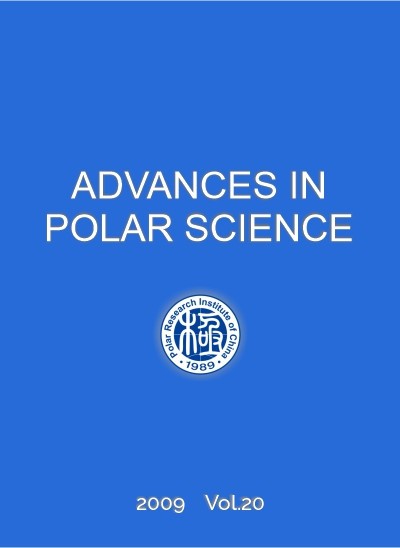Publication: Advances in Polar Science (APS). Vol. 20, No. 1, 48~56, June 2009
To download the publication please click on the download link at the bottom of the page
Author: Ma Xindong, Wang Yanjie, Na Guangshui, Lin Zhongsheng, Zhou Chuanguang, Wang Zhen and Yao Ziwei
CNARC member: Polar Research Institute of China (PRIC)
Abstract: Sediment, moss and animal-dropping samples were collected from Ny-Ålesund of the Arctic to investigate the distribution of organochlorine pesticides (OCPs) and polychlorinated biphenyls (PCB s) in the Arctic area. OCPs and PCBs were analyzed using the capillary gas chromatography ( GC2ECD ). Recoveries of three surrogates were at a range of 69. 5~92. 2% (mean: 78. 8% ), 75. 1~112.1% (98. 5% ) and 67. 7~95. 1% ( 79. 5% ), and the relative standard deviations were 6. 7%, 8. 0% and 11. 3% , respectively. The major monomers of OCPs were hexachlorocyclohexanes (HCHs) and DDTs. Their concentrations were at a range of 0. 86~4. 50 ng/g (mean: 2. 24 ng/g) and 0. 22~1. 09 ng/g (mean: 0. 55 ng/g). The concentrations of PCBs were 0. 20~3. 25 ng/g (mean: 0. 84 ng/g) and the major congeners were tetra-, penta-, and hexa-PCBs, which were up to 23. 8%、26. 7% and 32. 3% of total PCBs, respectively. Based on the results of the ratio analysis and the principal component analysis, the atmospheric transport is believed be one of the major input ways of OCPs and PCBs in the Ny-Ålesund of the Arctic.
Key words: POPs, Ny-Ålesund, PCBs, OCPs


